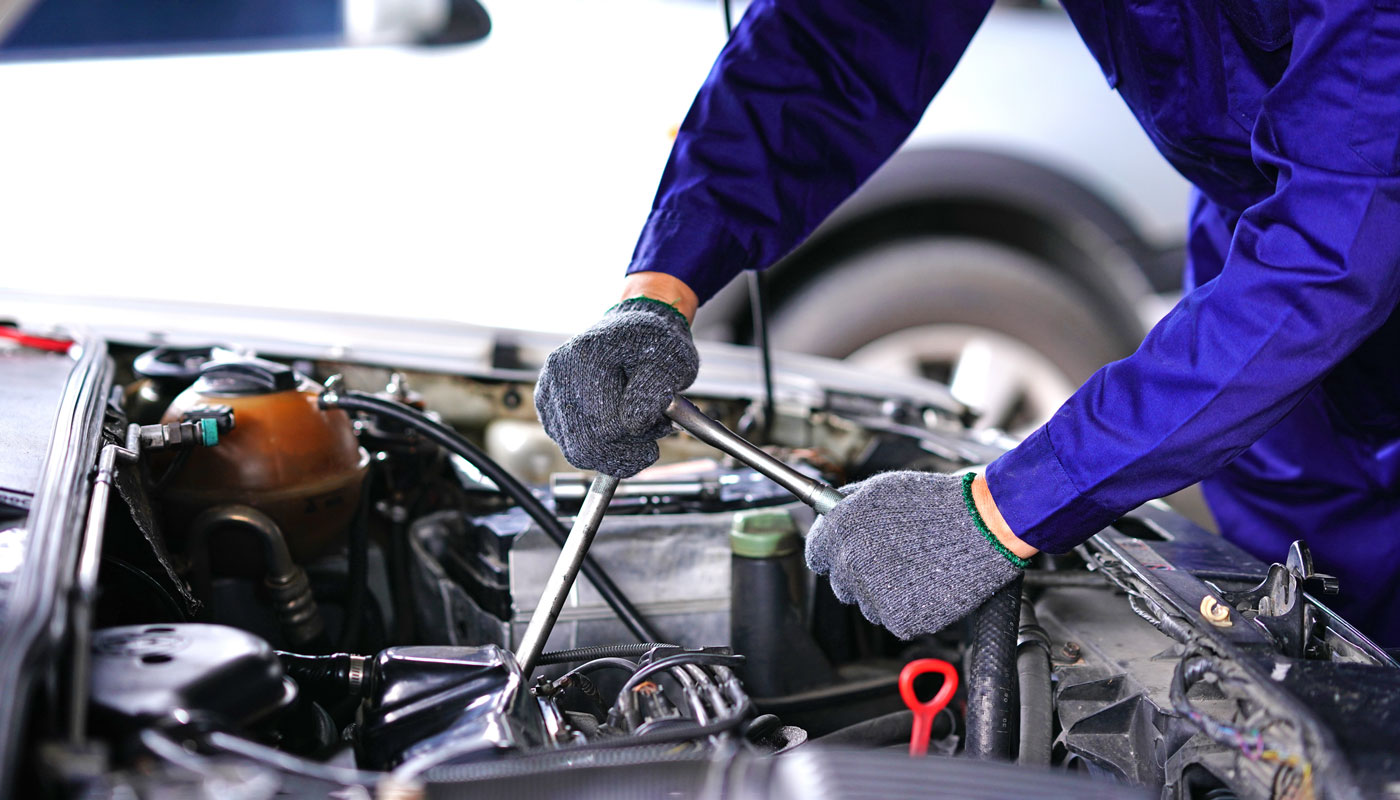Engine diagnostics are vital for identifying and fixing issues in an automobile's engine prior to they get worse. Automobile fixing stores use a mix of innovative tools and expert expertise to examine engine efficiency and discover underlying concerns. Right here's a more detailed consider just how these stores do engine diagnostics and why they are a critical component of lorry upkeep.
![]()
Recognizing Engine Diagnostics. Many contemporary vehicles are geared up with an Onboard Diagnostics (OBD-II) system. This system continuously keeps track of the performance of engine parts and exhausts systems. It keeps an analysis trouble code (DTC) and frequently activates the check engine light when it spots a problem. These codes supply valuable ideas about where the concern exists, helping service technicians focus their efforts efficiently.
Action In the Engine Diagnostic Process. Event Information:. The procedure begins with a discussion between the technician and the car proprietor. The owner describes symptoms, such as uncommon sounds, efficiency problems, or the look of alerting lights.
Linking the Diagnostic Scanner:. The specialist connects a diagnostic scanner into the vehicle's OBD-II port, usually situated under the control panel. This scanner interacts with the lorry's computer to recover DTCs and various other stored data, such as fuel effectiveness, still speed, and air-fuel mix.
Analyzing the Information:. The fetched codes indicate certain problems, yet further evaluation is often called for to identify the origin. As an example, a DTC may indicate a misfire, which might arise from concerns with the ignition system, ignition coils, or fuel injectors.
Executing System Examinations:. Advanced analysis devices, such as multimeters, oscilloscopes, and fuel pressure testers, might be made use of to test details components. Professionals might also execute real-time information monitoring to observe just how the engine acts under numerous conditions, such as velocity or idling.
Visual and Handbook Assessment:. Along with digital diagnostics, technicians conduct a physical evaluation of the engine and its elements. This action helps determine concerns like fluid leakages, loosened links, or damaged components.
Providing Solutions:. After diagnosing the concern, the store gives the client with an in-depth report and repair service suggestions. Depending on the issue, the service might include replacing a faulty sensor, cleaning up fuel injectors, or fixing the ignition system.
![]()
Devices Made Use Of in Engine Diagnostics. OBD-II Scanners: Fetch problem codes and real-time engine data. Digital Multimeters: Measure electrical existing and voltage in engine circuits. Compression Testers: Evaluate the stress in the engine cyndrical tubes. Smoke Machines: Determine leakages in the vacuum cleaner or exhaust systems. Why Engine Diagnostics Matter. Routine engine diagnostics assist detect problems early, protecting against costly repair work and malfunctions. They also make certain the vehicle runs at peak efficiency, lowering fuel usage and emissions. For auto proprietors, this converts to enhanced performance, reduced repair expenses, and comfort.
Conclusion. Engine diagnostics are a mix of cutting-edge innovation and experienced workmanship. By leveraging diagnostic devices and professional experience, vehicle fixing shops can swiftly resolve and determine engine problems. For vehicle drivers, scheduling regular diagnostics is a positive way to maintain their lorry's health and wellness and performance, making sure safety and security and reliability on the road.

Recognizing Engine Diagnostics. Many contemporary vehicles are geared up with an Onboard Diagnostics (OBD-II) system. This system continuously keeps track of the performance of engine parts and exhausts systems. It keeps an analysis trouble code (DTC) and frequently activates the check engine light when it spots a problem. These codes supply valuable ideas about where the concern exists, helping service technicians focus their efforts efficiently.
Action In the Engine Diagnostic Process. Event Information:. The procedure begins with a discussion between the technician and the car proprietor. The owner describes symptoms, such as uncommon sounds, efficiency problems, or the look of alerting lights.
Linking the Diagnostic Scanner:. The specialist connects a diagnostic scanner into the vehicle's OBD-II port, usually situated under the control panel. This scanner interacts with the lorry's computer to recover DTCs and various other stored data, such as fuel effectiveness, still speed, and air-fuel mix.
Analyzing the Information:. The fetched codes indicate certain problems, yet further evaluation is often called for to identify the origin. As an example, a DTC may indicate a misfire, which might arise from concerns with the ignition system, ignition coils, or fuel injectors.
Executing System Examinations:. Advanced analysis devices, such as multimeters, oscilloscopes, and fuel pressure testers, might be made use of to test details components. Professionals might also execute real-time information monitoring to observe just how the engine acts under numerous conditions, such as velocity or idling.
Visual and Handbook Assessment:. Along with digital diagnostics, technicians conduct a physical evaluation of the engine and its elements. This action helps determine concerns like fluid leakages, loosened links, or damaged components.
Providing Solutions:. After diagnosing the concern, the store gives the client with an in-depth report and repair service suggestions. Depending on the issue, the service might include replacing a faulty sensor, cleaning up fuel injectors, or fixing the ignition system.

Devices Made Use Of in Engine Diagnostics. OBD-II Scanners: Fetch problem codes and real-time engine data. Digital Multimeters: Measure electrical existing and voltage in engine circuits. Compression Testers: Evaluate the stress in the engine cyndrical tubes. Smoke Machines: Determine leakages in the vacuum cleaner or exhaust systems. Why Engine Diagnostics Matter. Routine engine diagnostics assist detect problems early, protecting against costly repair work and malfunctions. They also make certain the vehicle runs at peak efficiency, lowering fuel usage and emissions. For auto proprietors, this converts to enhanced performance, reduced repair expenses, and comfort.
Conclusion. Engine diagnostics are a mix of cutting-edge innovation and experienced workmanship. By leveraging diagnostic devices and professional experience, vehicle fixing shops can swiftly resolve and determine engine problems. For vehicle drivers, scheduling regular diagnostics is a positive way to maintain their lorry's health and wellness and performance, making sure safety and security and reliability on the road.
Navigation
Home
Latest Posts
Uncover Bill Walsh Ford - Fresh Ford Pickups and SUVs for Sale – Best Ottawa Prices!
Published Apr 04, 25
3 min read
Hassle-Free Lorry Financing at Willis Chevrolet
Published Apr 04, 25
1 min read
Experience Exclusive Vehicles Near Ottawa IL
Published Apr 04, 25
2 min read